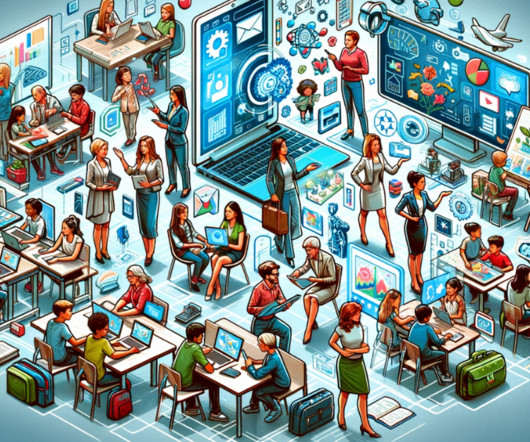Characteristics of The 21st Century Classroom
Educational Technology and Mobile Learning
JANUARY 4, 2024
It’s a transformation that’s been largely driven by the unprecedented pace of technological advancement. These reflections are not just an academic exercise but a practical one, aimed at understanding and adapting to the evolving dynamics of education. The concept of a 21st-century classroom has evolved significantly.














Let's personalize your content